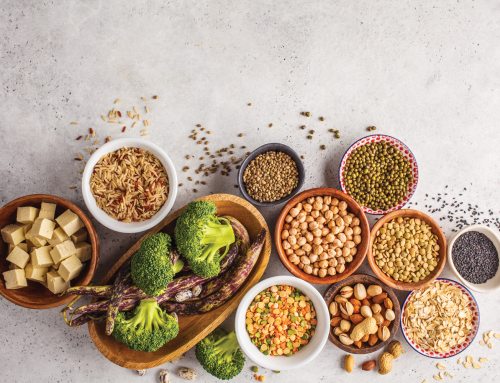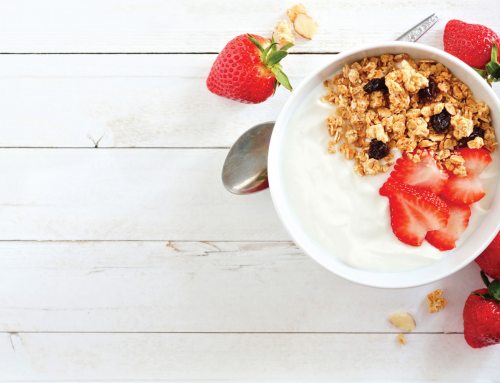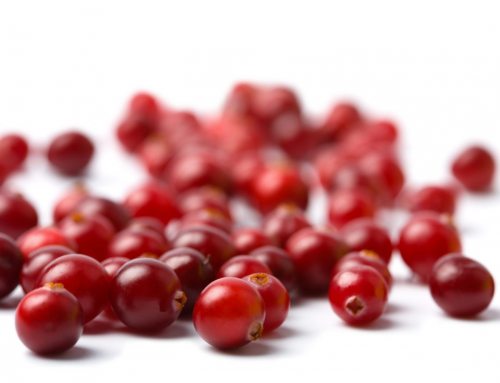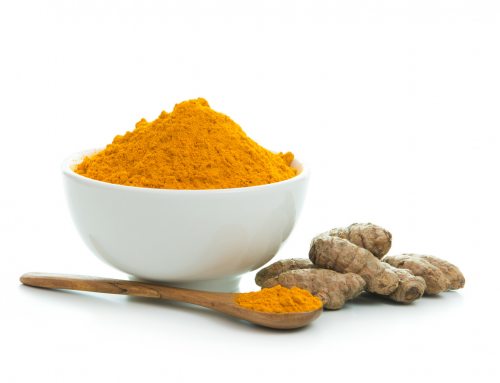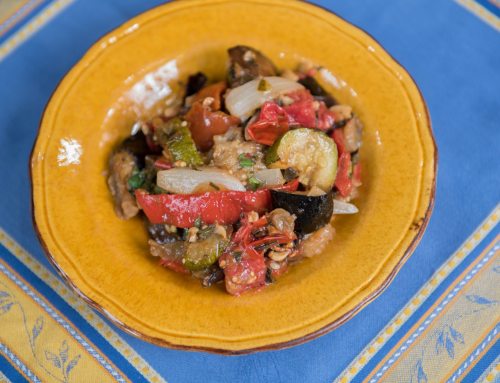By Nancy Clark MS RD CSSD
As a runner, you have two jobs. One is to eat wisely to run well. The other is to stay healthy. That includes sleeping well, eating well, and living well (according to your values). Wellness was the theme of the 35th Annual Symposium for the more than 7,000 sports dietitians who are members of SCAN, the Sports and Cardiovascular Nutrition dietary practice group (SCANdpg.org) of the Academy of Nutrition and Dietetics. Here are some highlights that offer food for thought and tips for health:
Research suggests physical fitness is more important than leanness. Joggers and runners living in large bodies are better off adding on exercise than self-inflicting rigid diets that “backfire.” Think twice before starting an eating plan you can’t maintain for the rest of your life. The pattern of losing weight only to regain it has a negative impact on overall health.
Runners who overeat often do so mindlessly. Physical barriers can also help reduce mindless eating. For example, pre-portion crackers into appropriate servings—and keep them out of sight. Another way to be more mindful with eating is to think POUR:
- Pause (before you put food in your mouth)
- Observe (Am I hungry or am I stressed?)
- Understand (I am stressed and tired.)
- Respond (I need sleep more than I need food.).
Eating disorders and disordered eating affects about 60% of female athletes and 30% of male athletes, including many runners. They may wait 10 to 15 years to seek help, thinking I’m not THAT sick. Sometimes they are too ashamed and embarrassed by their inability to eat normally. Other times they might be afraid treatment plans will deny them the ability to exercise and maintain a lean body.
The GOALS Program at Walden Behavioral Care near Boston helps runners and other athletes learn to fuel for performance (as opposed to sabotage their performance by dieting and using bad weight management techniques). During an ~8-week treatment program (meeting only 3 nights a week), the athletes weight remained relatively stable while they overcame their disordered eating behaviors. Yes, even runners with eating disorders can eat more “normally” without “getting fat.”
Cardiovascular disease (CVD) is the leading cause of death in the USA and globally. Runners are not immune. An estimated 70% of people aged 60 to 79 have CVD, as do more than 80% of people over 80 years of age. The good news is functional foods such as blueberries, avocado, beets, and tea can help curb health issues associated with aging. For example, the polyphenols (bio-active compounds) in a daily cup of blueberries can reduce blood pressure, improve blood vessel health, and reduce the risk of CVD. Blueberry smoothie, anyone?
Butter is not back. Saturated fat, refined carbohydrate, and added sugars are equally bad for risk of heart disease. If you have a family history of heart disease and/or high LDL (“bad”) cholesterol, enjoy more olive oil instead of butter to invest in a significantly longer life span.

Health claims made about coconut oil are misleading. They were created by marketing gurus using research based on medium chain triglyceride (MCT) oil, not coconut oil. Coconut oil does contain MCTs, but primarily lauric acid, a MCT that behaves like a long chain saturated fat in terms of digestion and metabolism. Lauric acid raises bad (LDL) cholesterol, inflammation, coagulation and insulin resistance (1).
One tablespoon of coconut oil has 13.5 grams saturated fat. Given the American Heart Association recommends limiting saturated fat intake to less than 7% of total calories, that’s only 15.5 grams a day per 2,000 calories. Runners with high LDL would be wise to use coconut oil only sparingly.

Does drinking 1 to 2 glasses of wine a day offer positive health benefits? Perhaps not, given there are 25 alcohol-related diseases, to say nothing of links between alcohol and certain cancers, CVD, intestinal issues, injuries from accidents, and suicide. Unless you are among the estimated 35% of Americans who abstain from alcohol, the least harmful way to drink is to limit alcohol to one to two drinks only three to four times a week (not daily). And be sure that one drink is actually just one standard drink (6 oz wine, 12 oz beer, 1.5 oz spirits)—and not the “bartender’s special.”
Lutein (in spinach, avocado, dark green, and yellow and orange foods) is important for eye health; it curbs age-related macular degeneration. Lutein is also good for your brain and is associated with a reduced risk for dementia. Adults with normal brain function have three times more lutein in their brain than those with cognitive impairment. Enjoy lots of colorful fruits and veggies to consume the recommended lutein intake.
Knowledge is necessary, but not sufficient, for runners to make sustained lifestyle changes that improve their health. We change our behaviors based on our values. For example, vegetarians generally express concern about the environment and animal welfare. In light of environmental concerns, seems like we need public health campaigns that focus on values, so that more people will eat less meat, waste less food, and choose fewer snacks in single-serve plastic containers.
Runners can easily lose sleep by going to bed too late, drinking too much coffee, having sleep apnea, and needing to urinate during the night. Sleep loss is associated with accidents, metabolic disorders, weight gain, and hunger (due to increases in the hunger-hormone grehlin). Exercise does not protect against the harmful effects of sleep deprivation. Routinely dragging yourself out of bed in the morning to run might not be a wise plan. Seven hours of sleep a night are recommended to avoid sleep deprivation. Go to bed earlier?
Nancy Clark, MS, RD counsels both casual and competitive athletes at her office in Newton, MA (617-795-1875). Her best selling Sports Nutrition Guidebook and Food Guide for Marathoners offer additional information. See NancyClarkRD.com. For her popular online workshop, visit NutritionSportsExerciseCEUs.com.
1) Eyres L. et al. Coconut oil consumption and cardiovascular risk factors in humans. Nutr Rev. 74(4):267-80, 2016



